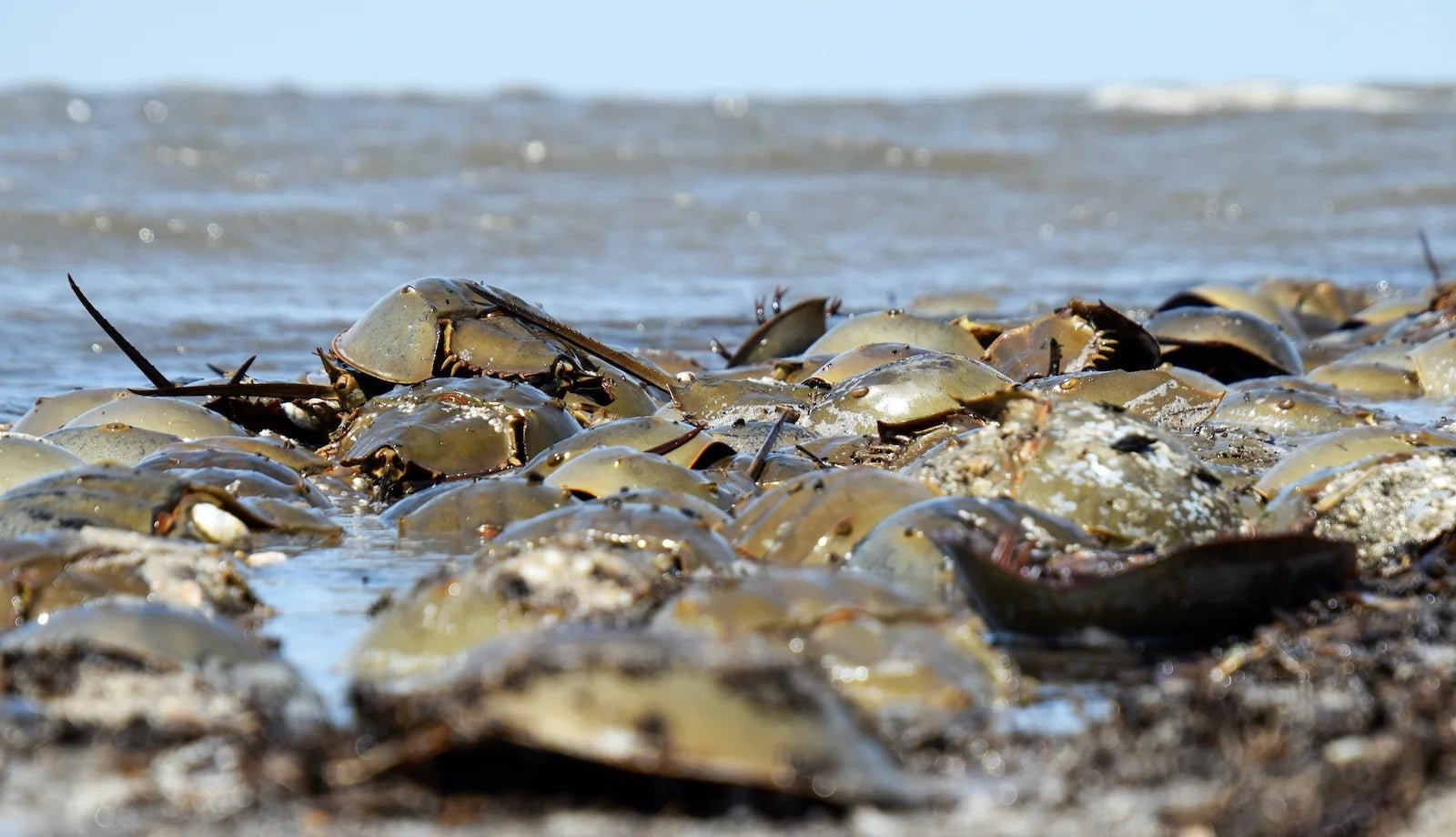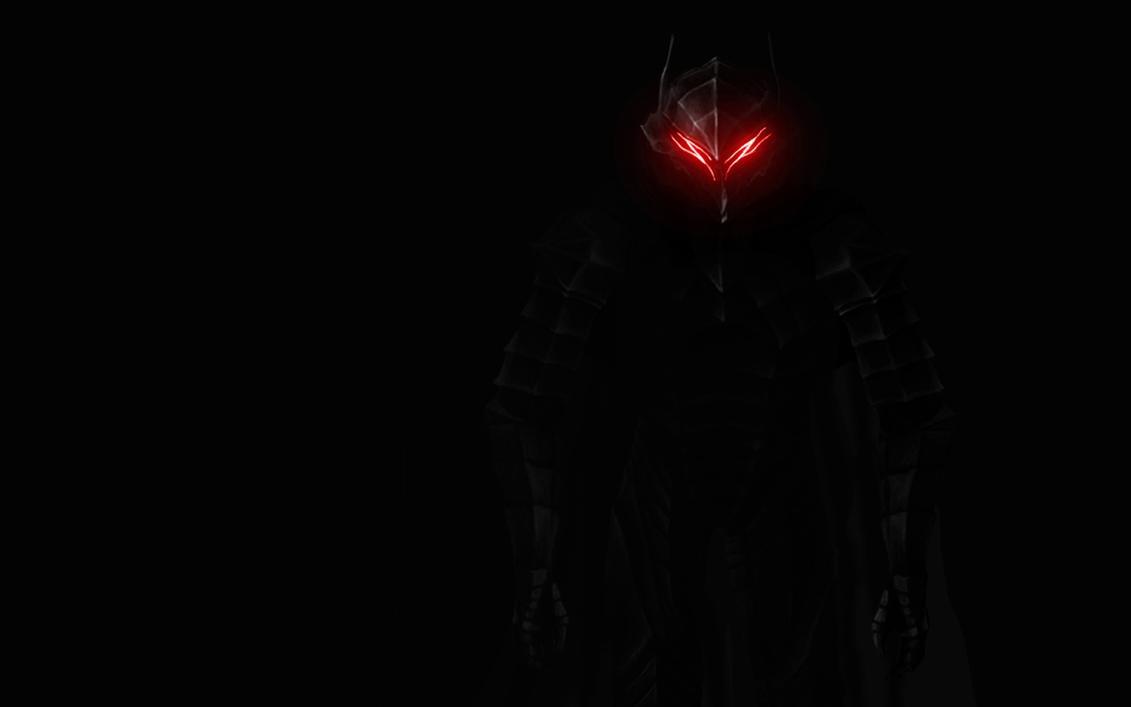Valued around $15,000 per quart, the crustaceans’ bright blue blood responds to bacterial toxins by clotting, which helps determine the virility of vaccines and medical devices. Though the crabs are returned to the ocean, an estimated 15–30% die from the bloodletting.
“It makes sense from the biomedical industry. It’s safer, it’s less expensive, and it’s a renewable resource,” said Emily Diznoff, a Delaware family practice physician who has advocated for the species’ protection. “I was thrilled for the horseshoe crabs, hoping that this would finally influence biomedical companies to choose the alternative so that we wouldn’t be putting the horseshoe crabs in such jeopardy like we are right now.”
The horseshoe crab’s population decline is bad news for the endangered red knot bird, which relies on the crab’s eggs for sustenance. The U.S. Fish and Wildlife Service reports that red knots declined about 75% from the 1980s to the 2000s, largely because of reduced horseshoe crab eggs.
New Jersey has a moratorium on the commercial harvesting of horseshoe crabs for bait, but provides exemptions for blood collection. While Delaware has a permitting process for both, biomedical collection does not currently exist in the state.
Links mentioned:
- Ex-Penn researcher launches a biotech startup to manufacture antibodies in Philly [Kristen Mosbrucker-Garza | May 15, 2024 | WHYY PBS NPR] https://whyy.org/articles/antibodies-cell-surface-bio-philadelphia/
- Why are There 30 Million Horseshoe Crabs on This Beach? [08:15 | S01E18 | Aired: 08/31/21 | PBS WHYY] https://video.whyy.org/video/why-are-there-30-million-horseshoe-crabs-on-this-beach-p2de3a/



